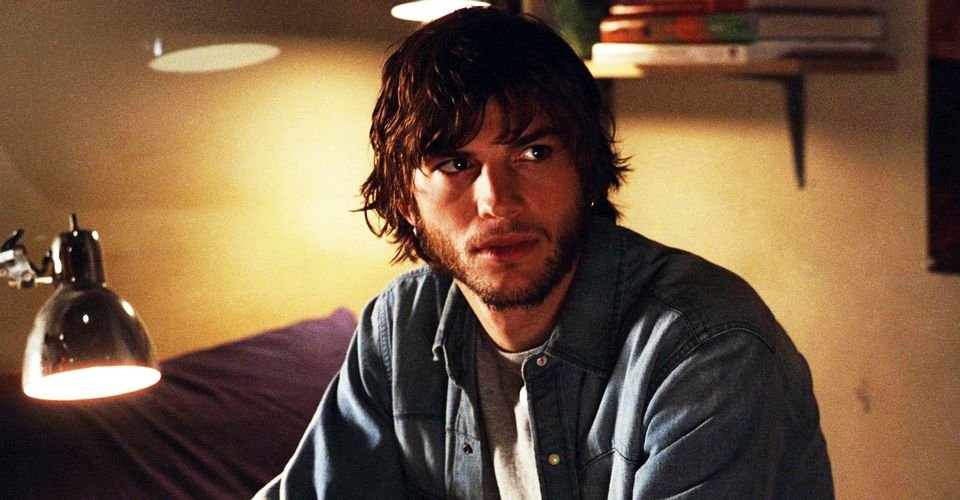How The Butterfly Effect Violates Its Own Time Travel Rules

2004 sci-fi/horror movie The Butterfly Effect has its lead character repeatedly travel through time, but at one point breaks its own rules. Time travel stories are inherently difficult to keep straight, if only because time travel isn’t a thing we can actually do, at least that anyone knows of. Thus, writers are forced to rely either on existing scientific theories, or make up their own rules for time travel out of whole cloth, sometimes combining both methods.
It’s become a bit of a running joke over the years among movie fans just how jumbled and hard to follow some time travel tales can become, especially if told over the course of a franchise. When things get too confusing, some viewers just choose to throw up their hands and accept what they’re being given at face value, but others find it hard to suspend their disbelief when events happen in a time travel story that just don’t make any sense, even by the rules established in that very film.
The Butterfly Effect is no different in that respect. Although a commercial hit at the time of its release, and a popular enough film to warrant a series of direct to video sequels, writers/directors Eric Bress and J. Mackye Gruber didn’t quite succeed in making The Butterfly Effect a logically consistent movie.
How The Butterfly Effect Violates Its Own Time Travel Rules

In The Butterfly Effect, lead character Evan Treborn (Ashton Kutcher) discovers that by reading his childhood journals, he can transport himself back through time into those same memories. Evan discovers he can use this to change the past, and tries to make the present better for himself and those he cares about. The problem is, as per the title, every change he makes comes with unintended consequences. Throughout the film, it’s shown that when Evan returns to the present after changing the past, he’s now created a new timeline of events that resulted from those changes. Thus, he’s the only one aware anything is different.
During one such altered timeline, Evan accidentally murders his girlfriend’s unstable brother Tommy in a fit of rage, and goes to prison for the crime. To gain access to his journals and try to once again fix the present, Evan must convince a religious fellow prisoner to help him out. He does this by using a childhood drawing to return to the past, and violently stab his hands onto pointed document holders in the classroom. Scars then are shown to magically appear on Evan’s hands in the present. The thing is, that makes absolutely no sense.
By the rules of The Butterfly Effect, Evan’s actions should’ve created another alternate timeline, and when he gets back to the present, the scars should’ve already been there the whole time, with only Evan being aware he didn’t used to have them. Additionally, doing such a grotesque action as a child likely would’ve drastically altered Evan’s life in the near term, and the ripple effects from that could’ve easily led to a reality in which Evan never got to the point where he killed Tommy, and thus never went to prison. It’s an inexplicably dumb moment in an otherwise pretty good film.
About The Author

















